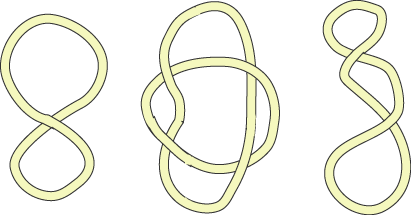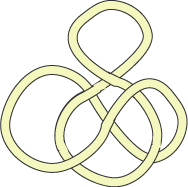Skip over navigation

You can see how many loops of string were used to make these string patterns because the strings are different colours.
In the next pictures can you work out how many loops were used?

How many pieces of string do you need to make this string pattern?

Can you explain how you decided?
Here is a pdf of the string images which you could print off if you find it easier to work on paper.


Or search by topic
Number and algebra
Geometry and measure
Probability and statistics
Working mathematically
Advanced mathematics
For younger learners
How Many Pieces?
Age 5 to 7
Challenge Level 






You can see how many loops of string were used to make these string patterns because the strings are different colours.
In the next pictures can you work out how many loops were used?

How many pieces of string do you need to make this string pattern?

Can you explain how you decided?
Here is a pdf of the string images which you could print off if you find it easier to work on paper.
If you enjoyed this problem, you might like to have a go at How Many Pieces This Time?
You may also like
Four Triangles Puzzle
Cut four triangles from a square as shown in the picture. How many different shapes can you make by fitting the four triangles back together?
A City of Towers
In this town, houses are built with one room for each person. There are some families of seven people living in the town. In how many different ways can they build their houses?

